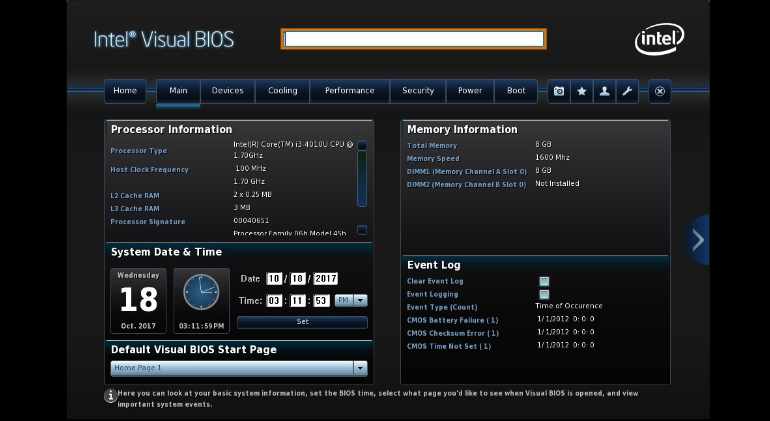
BIOS store in Computer, If you’ve ever looked at the motherboard, you might have noticed that it has several Integrated Circuit (IC) chips soldered on it. The lines of code that house the BIOS are present on one of the IC chips.
It’s possible that you won’t be able to find the BIOS chip by simply looking at the motherboard. The motherboard may have various indications, such as M BIOS, B BIOS, UEFI BIOS, etc., that identify the BIOS chip, depending on the motherboard manufacturer.
Read More: USB Ports on Computer/Expanding USB Ports on Computer
BIOS store in Computer, What Location Does the BIOS Chip Have?
Two important chips are related to the BIOS. The BIOS settings are retained on a second CMOS RAM chip, whereas the BIOS software is kept on a single CMOS EEPROM chip.
The CMOS EEPROM (Electrically Erasable Programmable Read-Only Memory) chip, which houses the BIOS software, is the first one. This chip is often labeled as M BIOS or B BIOS on the motherboard. These notations, however, are not commonplace. The symbol used to indicate the location of the BIOS varies depending on the motherboard manufacturer.
BIOS store in Computer, Therefore, we advise you to consult the user manual for your motherboard to see the precise notation for your motherboard that denotes the BIOS chip.
The CMOS memory chip, which is the second chip, contains the BIOS settings. These memories are transient. By removing the power supply, these chips will delete the data they contain. As a result, they require a different power source to save the data once the machine is shut off. A CMOS battery assists in accomplishing this.
Typically, the CMOS battery is next to the chip that holds the BIOS settings.

How Does a BIOS Chip Work?
A non-volatile CMOS EEPROM IC chip houses the BIOS on an electronic device.
As a result, the chip will not lose any data even if the power source is disconnected. Because of this, even if you remove your system’s CMOS battery and switch off the power supply, the BIOS remains intact.
BIOS store in Computer, When you turn on a motherboard, BIOS is the first program it launches.
After starting, the BIOS verifies the hardware required to execute the entire system.
The BIOS initiates a POST when the system boots up (Power-On Self-Test). The BIOS examines and validates every piece of hardware attached to the motherboard during POST.
RAM, the CPU, the input-output controller hub, the graphics card, the keyboard, the mouse, etc. are some of these components. The motherboard sends beep signals to indicate component detection failure if the BIOS is unable to recognize important hardware elements like the CPU and RAM.
After the BIOS completes POST, it looks for an operating system on storage devices before loading it into RAM.
BIOS store in Computer, How are BIOS settings stored?
A volatile memory chip, often known as a CMOS chip, stores all of your BIOS settings, including current, necessary voltage, frequency, and fan RPM. The majority of IC chips employ CMOS, or complementary metal oxide semiconductor, technology.
Being a volatile memory, CMOS won’t save its data if the power source is turned off. It will also need a separate power source in our situation because all of the BIOS settings are located inside the CMOS chip.
Because the CMOS battery supplies constant power, the data in the CMOS chip survives the loss of power to the motherboard.

Is CMOS the Same Thing as BIOS?
BIOS store in Computer, There are no parallels between BIOS and CMOS. When you switch on a computer, the motherboard immediately launches a program called BIOS. A separate EEPROM chip on the motherboard houses this program. The metal-oxide semiconductor known as CMOS, on the other hand, only has a modest quantity of memory.
The BIOS uses the CMOS chip to store hardware information about the system’s connected components as well as user-preferable settings.












4 Comments